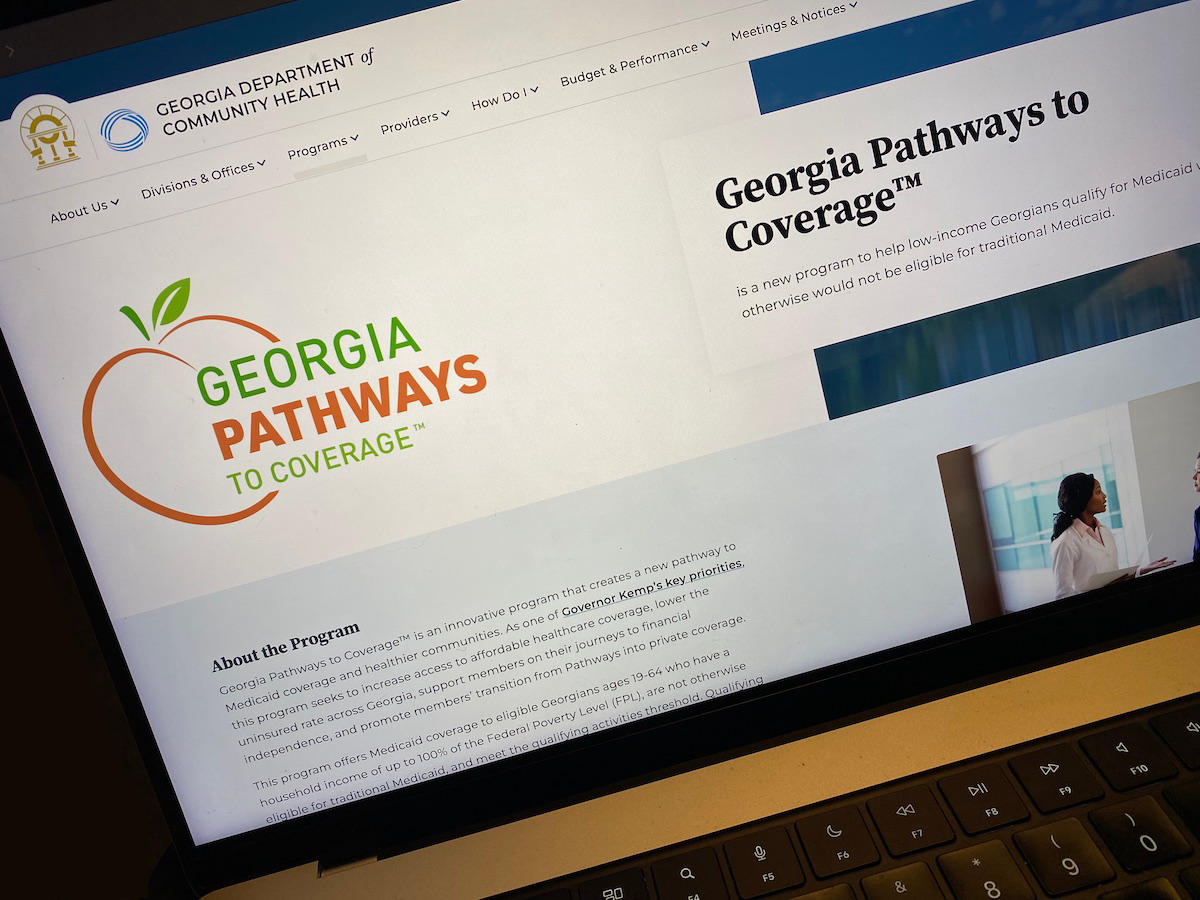Life expectancy at an English Avenue neighborhood address, in a low-income section of Atlanta, is 63.6 years.
But less than 10 miles away, an address in the affluent Margaret Mitchell area of Atlanta, named after the famous writer, has a life expectancy of 87.2 years.
Such startling variations commonly appear in new data that break down life expectancy at birth — the average number of years a person can expect to live — for most of the census tracts in the United States, for the period from 2010 to 2015.

A census tract is an area roughly equal to a neighborhood.
We all have heard how life expectancy can vary from nation to nation. But this is the first statistical information of its kind that speaks to how our health in the United States is influenced by conditions in the localities where we live. The data was collected through a joint effort of the National Center for Health Statistics at the CDC, the National Association for Public Health Information Systems, and the Robert Wood Johnson Foundation, which funded the project.

“This is really the first measure of health at the neighborhood level,’’ said Abbey Cofsky, managing director of the Robert Wood Johnson Foundation, which also helps produce health data by county in the County Health Rankings.
The data comparing counties, she noted, “can mask differences between neighborhoods.” Even a modest-sized county can have great internal diversity, and in some states, especially in the West, counties can be geographically very large.
What’s the problem? Or is there just one?
Life expectancy has been dropping in the United States over the past couple of years, though there is debate among experts about exactly why. The opioid epidemic may be a major reason for recent declines in Americans’ life expectancy, a new study said in August. Yet a second study found rising death rates among Americans ages 25 to 64, but cited a number of factors as potential causes, HealthDay reported.
Nationally, average life expectancy at birth for the 65,662 census tracts studied was 78.8 years. Georgia’s is slightly lower, at 77.4 years, according to the tables.
The report on neighborhoods, released this week, said that people in Vinings, an affluent area just outside the city of Atlanta, have the highest average life expectancy at birth in the state, at 87.6 years, while Georgians in Macon have the lowest average life expectancy at birth for the state, at 63.3 years.

Factors influencing life expectancy can include access to stable jobs, good education, affordable housing and business investment in a community, Cofsky of the Robert Wood Johnson Foundation added. “Some neighborhoods can be cut off from opportunity.’’
Areas with high poverty can lack access to healthy food, and may have safety problems for residents, she said.
The life expectancy data can spark a conversation among stakeholders and community leaders about potential improvements, Cofsky said.
The new resource is accompanied by an interactive tool that allows you to plug in your ZIP code or street address and see life expectancy rates in your own neighborhood and how it compares to county- and state-level data, as well as the national average.
Finding out who needs help
“Public health professionals have understood for a while that social determinants of health — the conditions in which people are born, live, learn, work, and age — are powerful predictors of one’s life opportunities and health outcomes, including life expectancy,’’ said Dr. Harry Heiman, a health policy expert at Georgia State University.

Buckhead in Atlanta
In Atlanta, Buckhead and Bankhead are only a few miles apart, but the difference in life expectancy in the two neighborhoods is almost 25 years, he said.
“Even in larger geographic areas whose health outcomes appear to be good, it is critical to assess disparities within the population or geographic area, particularly for disadvantaged groups — those with higher disease burdens, worse health outcomes, and shorter life expectancies,” Heiman said.
The data should prompt a “call to action for state leaders and policymakers to not only address the gaps in our health care system, especially for low-income and rural populations, but to also address the upstream, neighborhood-level social determinants critical to improving health and life opportunities.’’
Tabia Akintobi, associate dean for community engagement at Morehouse School of Medicine in Atlanta, said the data “allow us to develop approaches that are more targeted’’ to individual neighborhoods ‘‘so we can target limited public health resources more equitably.’’
“In metro Atlanta and the broader state of Georgia, there are huge differences between communities,” said Akintobi, who’s also principal researcher for the Prevention Research Center at Morehouse. “These differences are not only related to individual behaviors, but, more importantly, the political investments, or lack thereof, in communities that result in poorer housing, lower community economic and workforce development and educational achievement. All of these issues result in the connection between where people live and how healthy they are.”

Investment in neighborhoods with poor health outcomes is critically important to address health disparities and advancing health equity, she said.
“We have to have strong alliances with businesses,’’ Akintobi said.
Policy experts, researchers, government officials, community leaders and businesses and health care providers are all critical “to creating this culture of health that is a return on investment for all,” she said.






